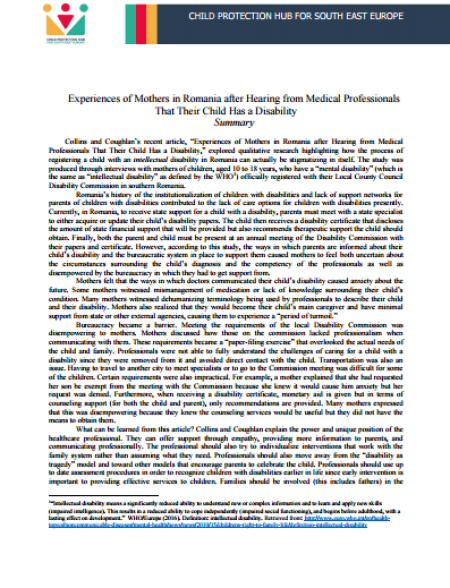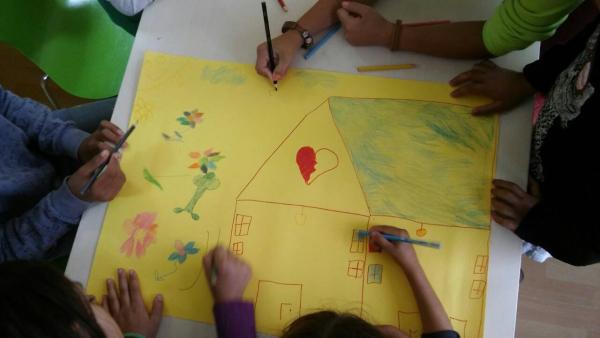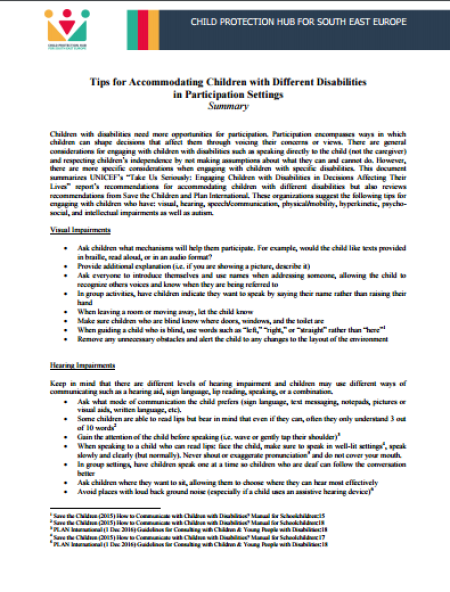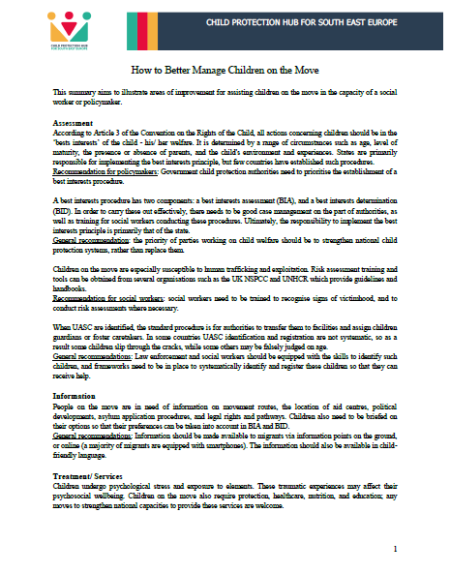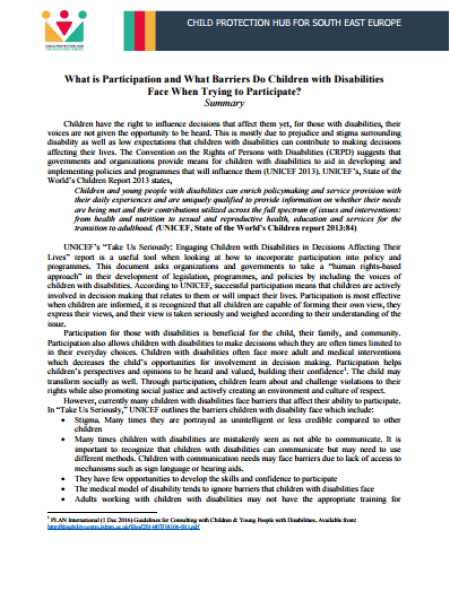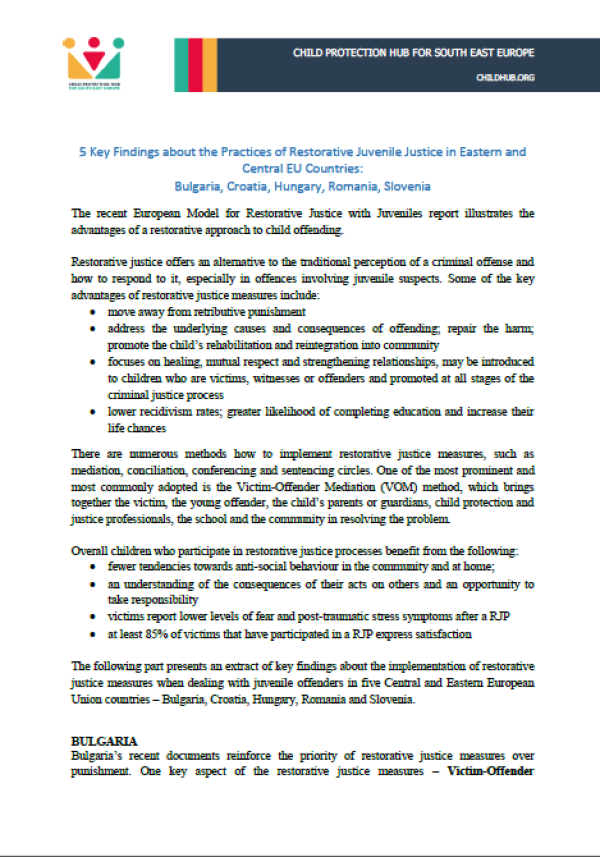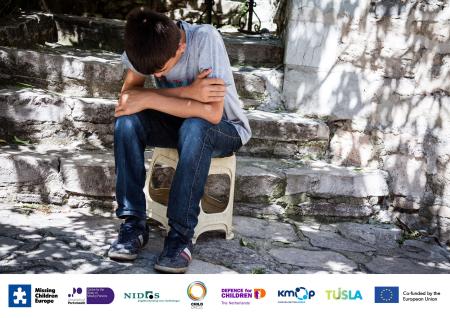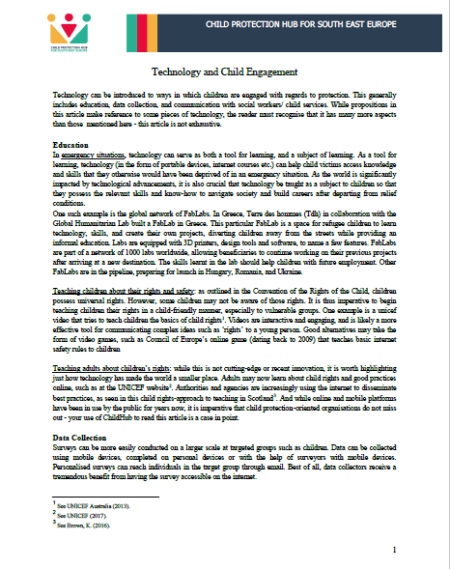
Collins and Coughlan’s recent article, “Experiences of Mothers in Romania after Hearing from Medical Professionals That Their Child Has a Disability,” explored qualitative research highlighting how the process of registering a child with an intellectual disability in Romania can actually be stigmatizing in itself. The study was produced through interviews with mothers of children, aged 10 to 18 years, who have a “mental disability” (which is the same as “intellectual disability” as defined by the WHO[1]) officially registered with their Local County Council Disability Commission in southern Romania.
Romania’s history of the institutionalization of children with disabilities and lack of support networks for parents of children with disabilities contributed to the lack of care options for children with disabilities presently. Currently, in Romania, to receive state support for a child with a disability, parents must meet with a state specialist to either acquire or update their child’s disability papers. The child then receives a disability certificate that discloses the amount of state financial support that will be provided but also recommends therapeutic support the child should obtain. Finally, both the parent and child must be present at an annual meeting of the Disability Commission with their papers and certificate. However, according to this study, the ways in which parents are informed about their child’s disability and the bureaucratic system in place to support them caused mothers to feel both uncertain about the circumstances surrounding the child’s diagnosis and the competency of the professionals as well as disempowered by the bureaucracy in which they had to get support from.
Mothers felt that the ways in which doctors communicated their child’s disability caused anxiety about the future. Some mothers witnessed mismanagement of medication or lack of knowledge surrounding their child’s condition. Many mothers witnessed dehumanizing terminology being used by professionals to describe their child and their disability. Mothers also realized that they would become their child’s main caregiver and have minimal support from state or other external agencies, causing them to experience a “period of turmoil.”
Bureaucracy became a barrier. Meeting the requirements of the local Disability Commission was disempowering to mothers. Mothers discussed how those on the commission lacked professionalism when communicating with them. These requirements became a “paper-filing exercise” that overlooked the actual needs of the child and family. Professionals were not able to fully understand the challenges of caring for a child with a disability since they were removed from it and avoided direct contact with the child. Transportation was also an issue. Having to travel to another city to meet specialists or to go to the Commission meeting was difficult for some of the children. Certain requirements were also impractical. For example, a mother explained that she had requested her son be exempt from the meeting with the Commission because she knew it would cause him anxiety but her request was denied. Furthermore, when receiving a disability certificate, monetary aid is given but in terms of counseling support (for both the child and parent), only recommendations are provided. Many mothers expressed that this was disempowering because they knew the counseling services would be useful but they did not have the means to obtain them.
What can be learned from this article? Collins and Coughlan explain the power and unique position of the healthcare professional. They can offer support through empathy, providing more information to parents, and communicating professionally. The professional should also try to individualize interventions that work with the family system rather than assuming what they need. Professionals should also move away from the “disability as tragedy” model and toward other models that encourage parents to celebrate the child. Professionals should use up to date assessment procedures in order to recognize children with disabilities earlier in life since early intervention is important to providing effective services to children. Families should be involved (this includes fathers) in the implementation of interventions and should be with the child during all assessments (as mothers explained that they had to leave their child during certain assessments). Also, the Romanian System of disability registration appears to be stigmatizing within itself so a revision of this process is needed.
Prepared by Emma Anderson for Child Protection Hub for South East Europe, December 2016.
Sources:
Collins, T. and Coughlan, B. (2016), Experiences of Mothers in Romania after Hearing from Medical Professionals That Their Child Has a Disability. Journal of Policy and Practice in Intellectual Disabilities, 13: 4–14. Available from: http://onlinelibrary.wiley.com/doi/10.1111/jppi.12141/abstract
WHO/Europe (2016). Definition: intellectual disability. Retrieved from: http://www.euro.who.int/en/health-topics/noncommunicable-diseases/mental...
[1]“Intellectual disability means a significantly reduced ability to understand new or complex information and to learn and apply new skills (impaired intelligence). This results in a reduced ability to cope independently (impaired social functioning), and begins before adulthood, with a lasting effect on development.” WHO/Europe (2016). Definition: intellectual disability. Retrieved from: http://www.euro.who.int/en/health-topics/noncommunicable-diseases/mental...


